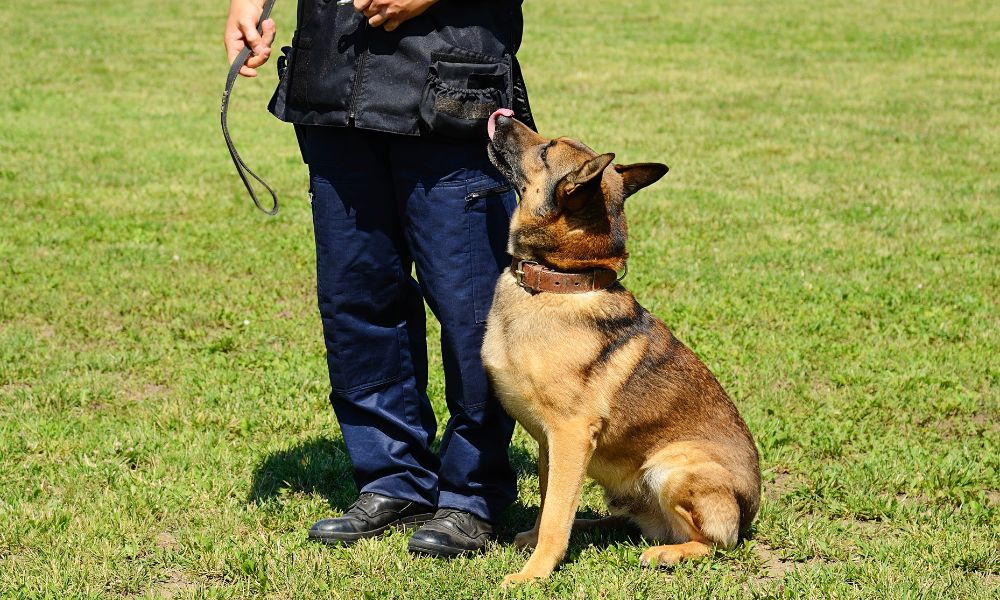We all want our dogs to be on their best behavior in and out of the home. Whether during your daily routine, around guests, or out at the park, positive behaviors and responsive obedience are the keys to a stress-free experience for all. But, if you’re going to set the groundwork for this level of responsiveness in your dog, it’s vital that you start with the techniques at the core of the training process. Here, we’ll discuss what the four quadrants of dog training are and why they’re crucial to maximizing your chances of success.
Positive Reinforcement
In dog training, “reinforcement” refers to anything that solidifies or discourages a particular behavior. When discussing positive reinforcement specifically, we’re talking about providing your dog rewards for behaviors you want to encourage. Should they come when instructed or avert their gaze from something they previously chewed on, we want to add something good to their world. This makes them more likely to continue that behavior moving forward.
Negative Reinforcement
Negative reinforcement, on the other hand, is removing something that the dog perceives as negative to promote the behavior you want. A common example is using your hand to push your dog into the seated position. The dog doesn’t like the pressure and sits, so you remove the negative pressure. Since the dog sees this push as an aversive action, it’ll learn to sit on command to avoid feeling it again.
Positive Punishment
Another element of the four quadrants of dog training to know about is punishment; actions or things that deter unwanted behaviors in your pet. While the phrase positive punishment might seem conflicting, the term “positive” means that you’re adding something to the dog’s experience. So, in the case of discipline, you’re introducing something that the dog doesn’t like to act as a deterrent. Some examples of this would be raising your voice or tugging your dog’s leash once. The dog doesn’t like these actions and, therefore, will behave to make them stop.
Negative Punishment
Negative punishment, then, is the action of removing a perceived reward to deter problem behavior. For instance, if your dog jumps on you after walking into the house, they expect to receive the reward of attention and affection. A negative punishment, in this case, would be to turn your back and ignore them. You’re removing the reward and showing them they won’t receive anything for that action.
At Balanced K9 Academy, we believe every dog can be a great family pet and obedient partner with the proper training. So, if you’re looking for premium K9 training in Huntsville, AL, you’ve come to the right place. Our talented and experienced dog trainers will work one-on-one with your pet, setting the groundwork you need with the four quadrants we talked about above. We’ll find the balance of techniques that works for you and your pet.


